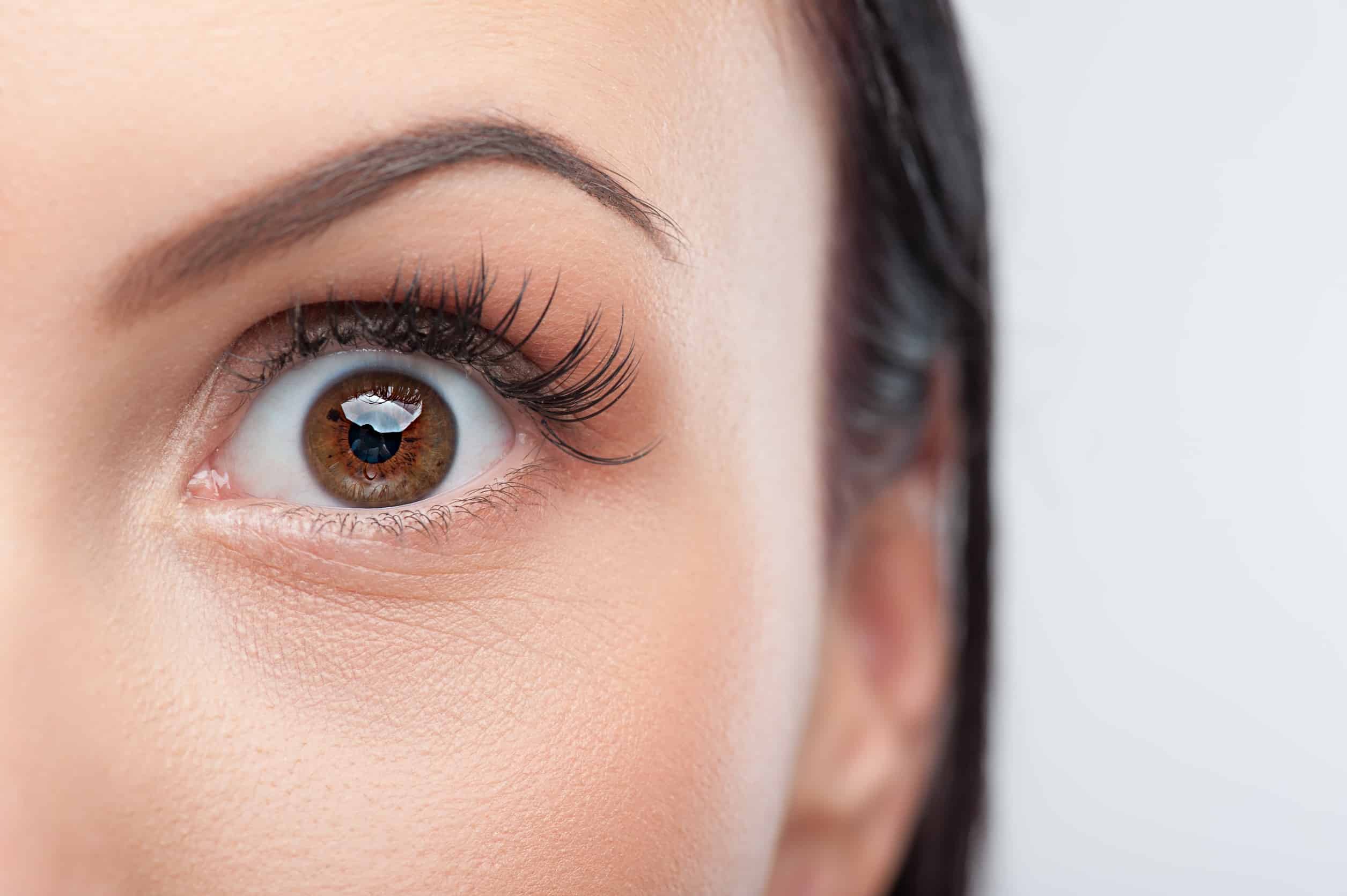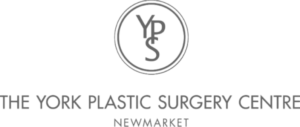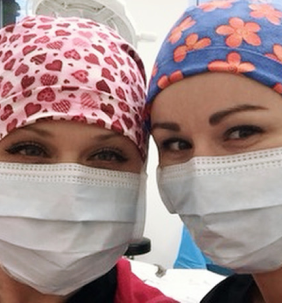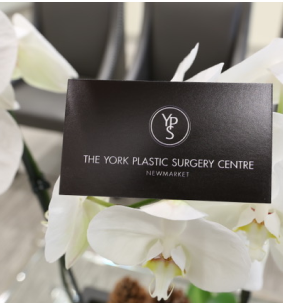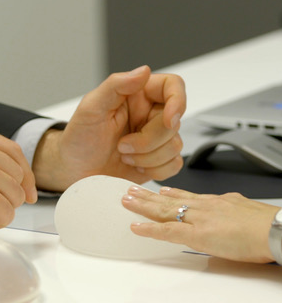Upper eyelid surgery (or blepharoplasty) removes loose skin above the eye. People 35 years of age and older may develop skin redundancy above the eyes.
This condition may be exacerbated by laxity of the forehead skin, which causes drooping of the brow area. This is a separate condition that is improved with brow lift surgery. It is important to distinguish between the two conditions to ensure the correct operation is performed to address your concerns. Although Dr. Andrade has performed hundreds of upper eyelid operations, he does not perform brow lift surgery or lower eyelid lift procedures.
Upper Eyelid Lift Surgery
Upper eyelid lift surgery can be done with general anaesthetic or local anaesthesia. Most of our patients prefer to do the procedure under local anaesthetic since it is less expensive, avoids all of the risks of general anesthesia, and the recovery is straightforward. Injecting the local anesthetic only takes a few minutes, and the discomfort is typically very well-tolerated. The scars from this procedure are usually well-disguised by the natural eyelid creases.
A good candidate for upper eyelid surgery includes:
- Patient in reasonable health (not on blood thinner medications, etc)
- Normally-positioned eyebrows (which would be treated with brow lift surgery instead)
- No major eye-related medical issues (ie: severely dry eyes, glaucoma, recurrent infections)
- No major problems with the eyelid functioning (e.g. muscle problems such as ptosis)
Patients with this procedure return to see Dr. Andrade 1 week postoperatively to have their sutures removed because Dr. Andrade finds that removable sutures result in less scarring than dissolvable stitches. Most patients take 1 week off work since there is some mild bruising and swelling around the eyes. However, they can return sooner if they wish. It is important to avoid strenuous activities that increase blood pressure, cause sweating, or involve risk to the eye area (like ball sports), as we want to ensure the incisions heal very well.
During the consultation, Dr. Andrade examines the eyelids, eyes, and surrounding tissues to determine if blepharoplasty surgery would be beneficial. He always explains the risks and recovery time and ensures patients are well-informed before surgery.
